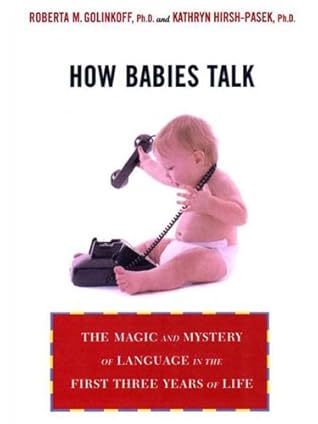The hallmarks of “intentional communication” include many of the things Angela did—making eye contact, waiting for a response, and persevering in the face of initial failure. Only within the past week has Angela begun using her “eh eh eh” vocalization consistently in situations when she wants something. She also adds to or changes her signals when she doesn’t meet immediately with success.
I wonder how much of the language delay in certain autistic people is due to caregivers expecting eye contact and not looking for other signals. If eye contact is uncomfortable, why would I try to use it for communication?


